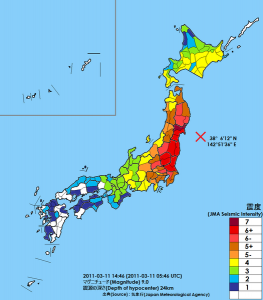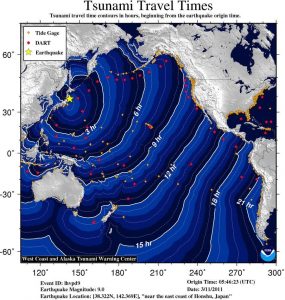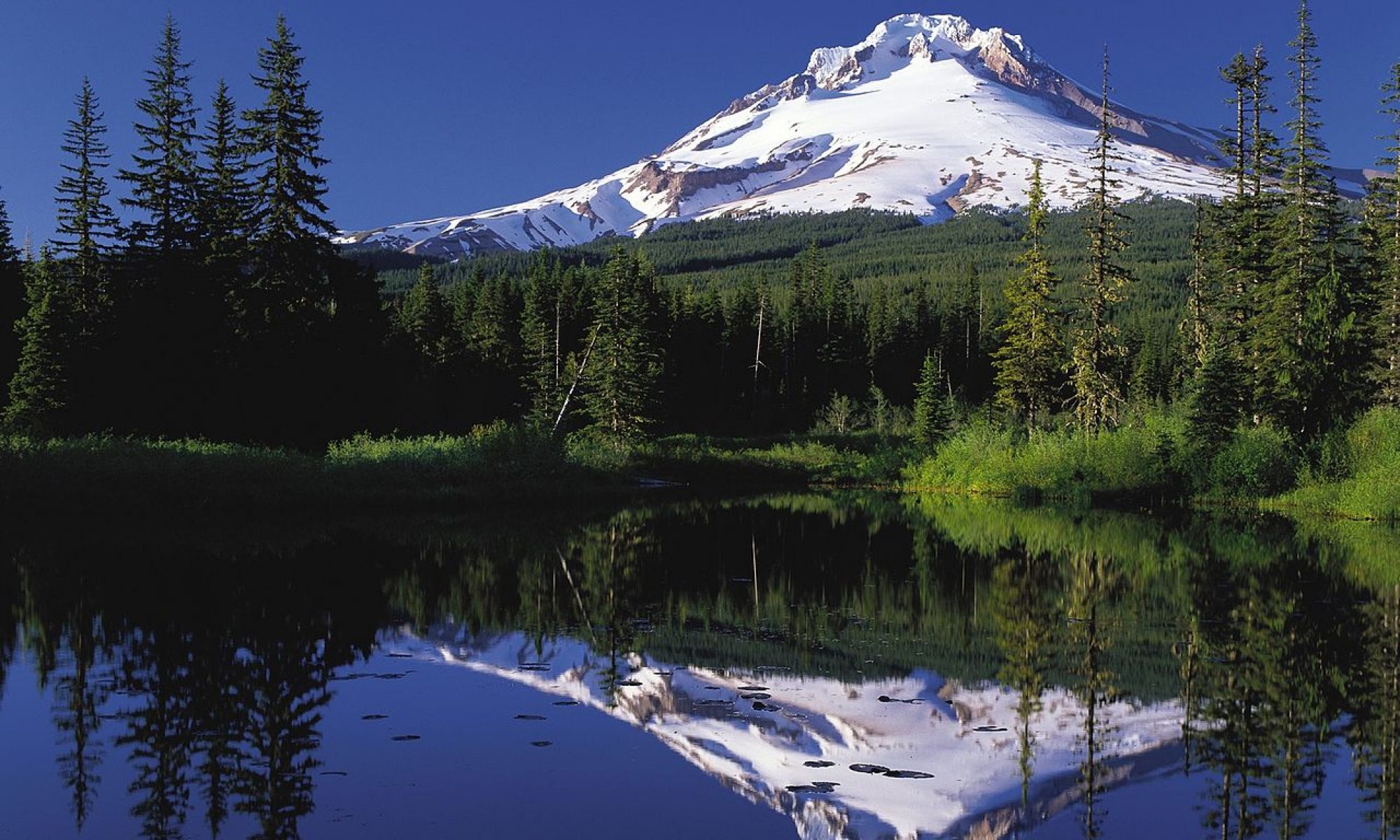Contents of this post
Warm Up
Which has more momentum? A huge truck stopped in the parking lot or a bee flying towards you? Explain why.
Classwork
Today and tomorrow and tomorrow we will look at earthquakes.
Today’s video: Japan’s Killer Quake, by NOVA
Https://www.pbs.org/wgbh/nova/videos/japans-killer-quake
As you watch this video, please hold in your hearts the 230,000 people who died from the earthquake and tsunami.
Worksheet assignment
PDF Loading...
Other notes from today’s video

- Earthquake ‘P’ waves travel about 1-14 km/sec.
- P stands for primary since they arrive first.
- These waves are longitudinal/compressional waves.
- ‘S’ waves travel at about 1-8 km/s, and are the more damaging ones.
- S stands for shear, but also for secondary (since the arrive second)
- These waves are transverse waves.
- The earthquake struck about 60 miles off the coast.
- Warnings on all cell phones across Japan. The US is developing this warning system for the west coast.
- In the nuclear power plant that was damaged, nuclear energy (stored in uranium) is converted to thermal energy, then to kinetic energy, then to electrical energy.
- Waves reach Tokyo 100 seconds after the Quake, city had one minute warning. Earthquake lasted for five minutes in Tokyo
- Liquefaction is when moisture in earth is compressed and squeezed out–sort of like squeezing a sponge.
- Tsunami was about 3 feet high, 60 miles in length.
- Tsunami can travel over 500 MPH.
- In the ocean, the wave is not ‘cresting.’ Just like normal waves, they usually crest as they reach short.
- Wavelength of the tsunami was long.
- ‘Miyaku’s high walls are useless’ True or not true?
- Land dropped up to three feet in some places. This made the walls less useful, but it still decreased the damage.
- Tsunami waves retreat, just like regular ocean waves, and when they do the pull people and debris out with it.
- Tsunami reached Hawaii and surged for over an hour. Wave strong enough to cause major damage, but tsunami warning system allowed people to evacuate.
- As tsunami spreads, energy spreads out and so any particular location receives less energy. Circumference of a circle is 2 π r, so if the tsunami travels 2 times as far, it’s twice as powerful at any one given point on that new circle.
- Aftershocks are less than the original earthquake, but some reach 6.2 since the initial Quake was 9.0.
- Japan’s latitude is about equal to Northern California.
- Formation of hydrogen gas (from water, also creates oxygen), lead to explosions that opened the containment buildings.
- ‘Read to go’ in geologic time can be one second or 100 years.
- Along the west coast, from Washington State to Northern California (near Eureka), the Cascadia fault is a ‘subduction fault’ like that in Japan.
- The rest of California has the San Andreas Fault, which is a ‘strike-slip’ or ‘transverse’ fault; the magnitude of earthquakes on these types of faults is about 10 times less than subduction faults.

